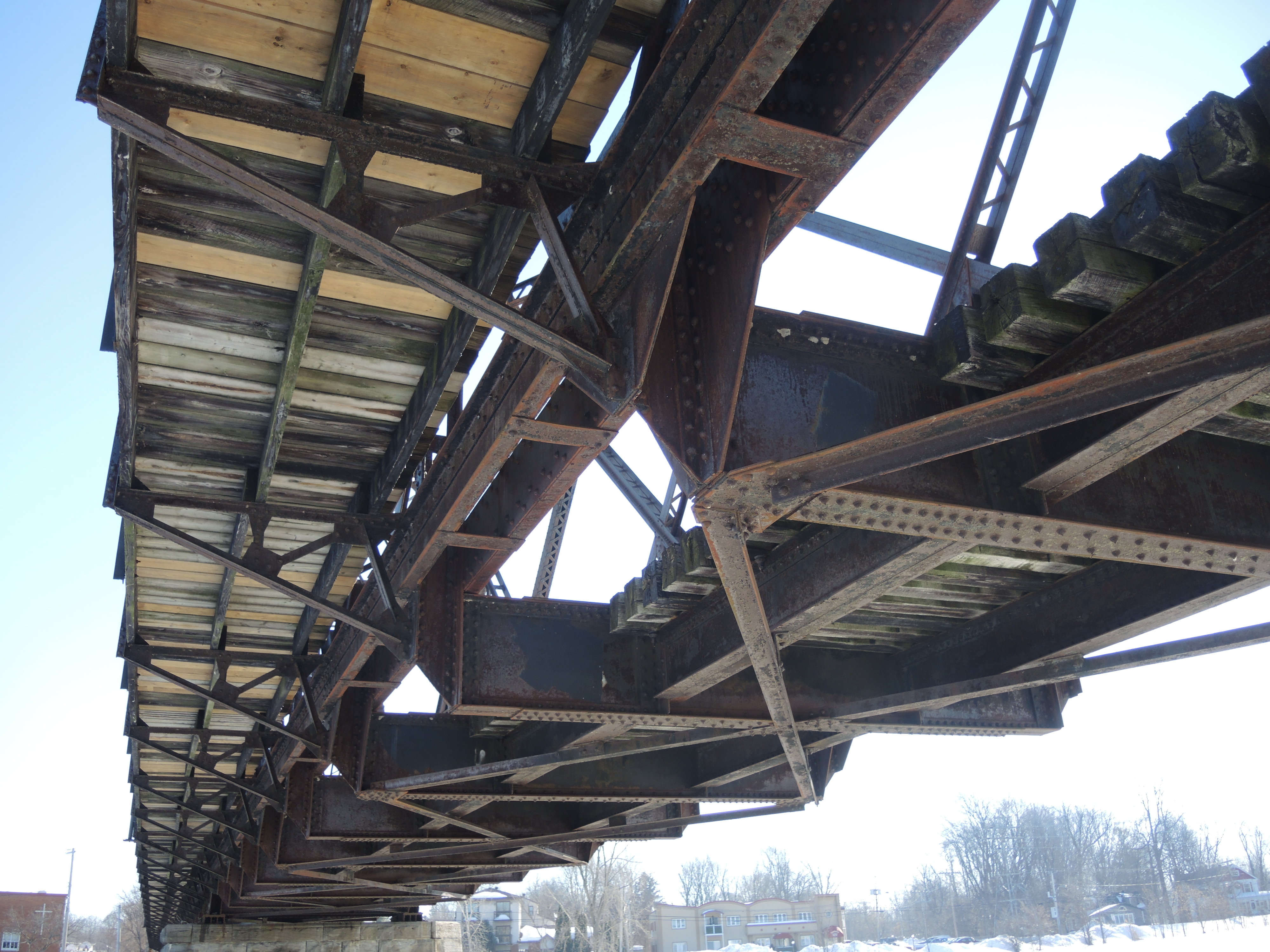Actualités
English stories
Sauter du pont passible d'une amende de 140 $
le vendredi 31 mai 2019
Modifié à 11 h 44 min le 31 mai 2019

(English follows) Un règlement municipal interdit «de plonger, de sauter, de se laisser tomber ou de se jeter du haut d’un pont ou du haut de toute infrastructure érigée en hauteur dans un lieu public», informe l’agent Martin Labrie, de la police de Châteauguay. L’amende incluant les frais est de 170 $ pour un adulte et 140 $ pour une personne mineure.
Aussi, la Loi sur la sécurité ferroviaire interdit de se trouver sur l'emprise d'une voie ferrée, à moins d’avoir une excuse «légitime» et les plongeons n’en font pas partie. Un écriteau de l’entreprise CSX propriétaire de la structure précise que les contrevenants s’exposent à des poursuites.
Pourquoi est-ce prohibé ? «C’est dangereux ! On ne connaît pas la profondeur de l’eau. On peut se cogner la tête au fond. On peut se blesser en accrochant le pont. Un ami peut nous sauter dessus en pensant qu’on est sortis», fait part l’agent Labrie. «Comme parent je ne voudrais pas que mon enfant saute-là», assure-t-il.
Plusieurs ne partagent pas son avis. Le journal a rapporté le lundi 27 mai que des jeunes avaient sauté du pont en question, incités par d'autres qui les traitaient de «pissous». Le geste n’a pas suscité grand inquiétude sur le compte Facebook du Soleil de Châteauguay où un article sur le sujet a été publié. La vaste majorité des commentateurs ont plutôt approuvé en disant qu’ils avaient eux-mêmes sauté du pont et qu’il n’y avait «rien-là». Certains ont même reproché au journaliste d’avoir écrit sur le sujet. «Toute une nouvelle ça, le journaliste mérite un prix», a notamment écrit un internaute. «Thibault, prends ta retraite, svp» a renchéri un autre.
Entre 2010 et 2014, la majorité des noyades sont survenues dans les plans d'eau naturels, comme les lacs et les rivières, selon la Société de sauvetage du Québec.